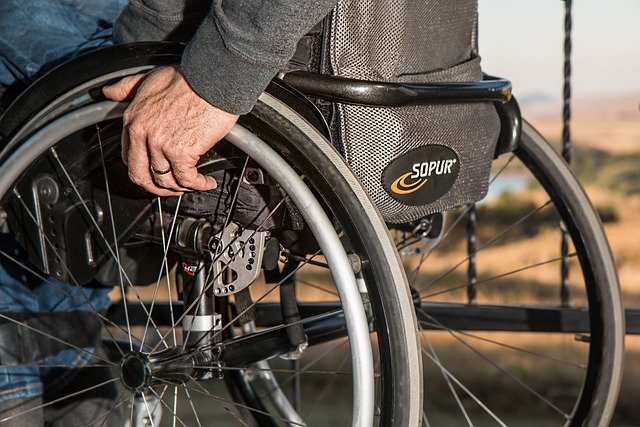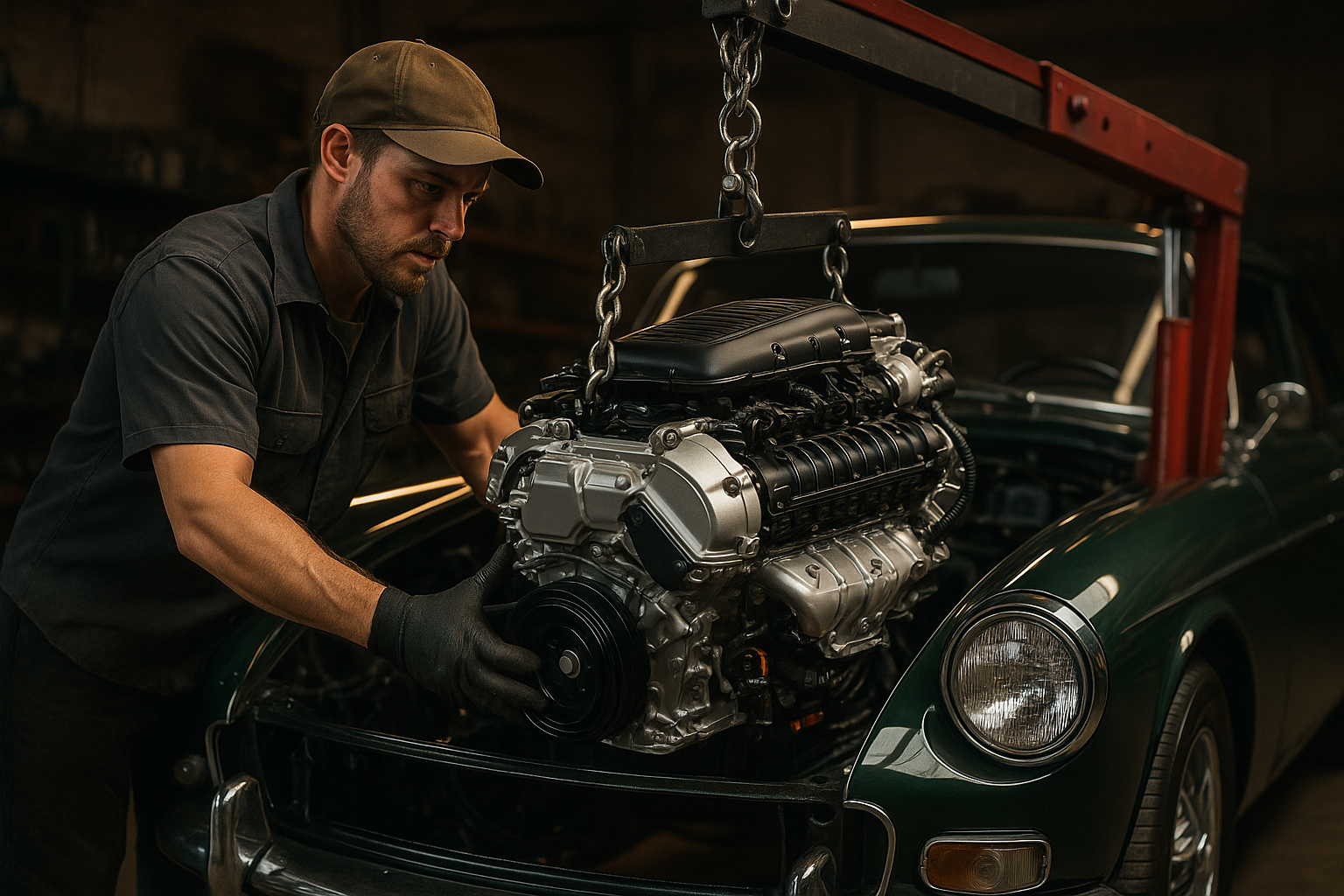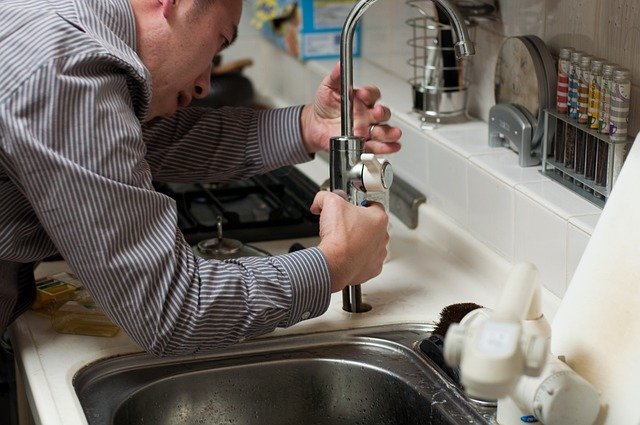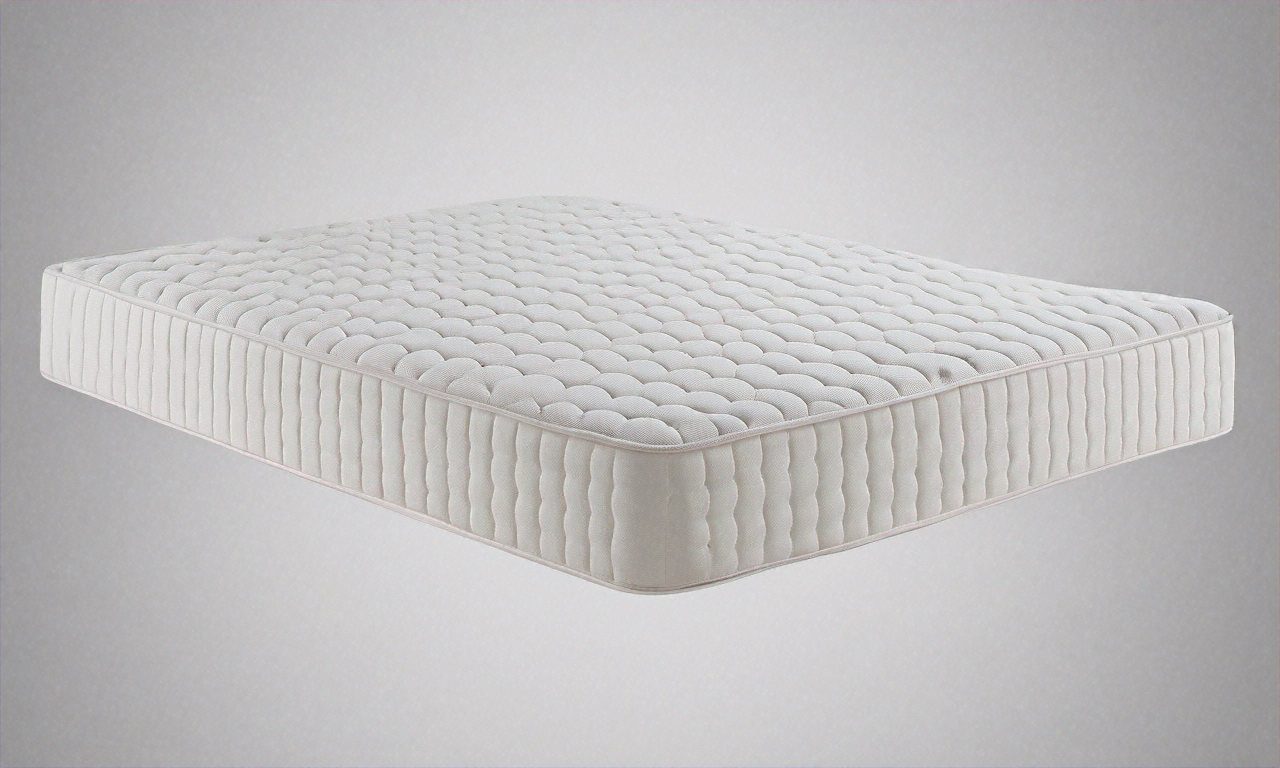Choosing control systems and brakes for motor-assisted bicycles
A practical guide to choosing control systems and brakes for motor-assisted bicycles, explaining how motor placement, battery capacity and realistic range influence ride behaviour; which braking systems suit urban cycling and cargo use; and clear advice on charging, maintenance and complying with local regulations.
Electric-assisted bicycles pair conventional bicycle mechanics with electronic control, so selecting the right control system and braking package should reflect intended use. Consider the interplay between battery capacity and real-world range, the type of motor and its torque delivery, braking performance under load, and practical factors such as charging, portability and routine maintenance. Align choices with your typical commute, urban routes and any cargo needs while keeping safety and local regulations in mind.
Which motor: hubmotor or midmotor?
Choosing between a hubmotor and a midmotor defines how the bike feels and how much servicing it requires. A hubmotor is integrated into the wheel and is often simpler to replace or repair, improving portability and reducing the need for specialised maintenance. A midmotor sits by the crank and transfers power through the drivetrain, offering better torque distribution and higher efficiency on hills or when carrying cargo. For regular urbancycling with frequent stops a hubmotor may be adequate; for loaded commutes or steep routes a midmotor usually gives a more natural pedal-assist and better hill-climbing performance.
Battery, range and charging considerations
Battery capacity and chemistry determine usable range in real conditions. Manufacturer range figures are estimates; actual range varies with rider weight, terrain, assist level and cargo. If you rely on an e-bike for daily commute, choose a battery with margin beyond your round-trip distance to avoid deep discharge cycles that reduce lifespan. Removable batteries improve portability and allow charging at work or home. Be mindful of charging habits: avoiding frequent fast charging and keeping batteries at moderate temperatures extends service life. Local services can advise on battery diagnostics and safe charging practices.
Control systems: torque, efficiency and assist modes
The controller and software shape how the motor responds to pedal input and how efficiently energy is used. Smooth torque delivery helps conserve battery energy and makes the assist feel more natural. Many systems offer multiple assist modes to balance efficiency and power: economy modes maximise range while higher-assist modes deliver greater torque for steep climbs or heavy cargo. Look for controllers with clear displays or app integration so you can monitor efficiency, battery state and motor temperature, and for systems that support firmware updates through authorised local services.
Brakes for urban cycling and cargo safety
Braking performance is central to safety, particularly in urban traffic and when carrying cargo. Hydraulic disc brakes deliver consistent stopping force and better heat dissipation during repeated stops or when descending, which reduces the risk of brake fade. Mechanical discs are easier to adjust without specialised tools but may need more frequent tuning. Rim brakes are generally less suited to higher assisted speeds and heavier loads. Ensure brake levers include motor cut-off switches so the motor disengages during emergency braking, and plan routine checks of pads and rotors as part of maintenance.
Portability and routine maintenance
Portability affects where and how you store or transport the bike: a removable battery and a hubmotor layout tend to simplify carrying the bicycle onto public transport or into a flat. Regular maintenance preserves performance: inspect brake pads and rotors, check cable and hydraulic system condition, keep the drivetrain clean and lubricated, and monitor battery health. Midmotor systems may need more specialised servicing than hubmotor setups, so identify reputable local services in your area for diagnostics and repairs. A simple maintenance schedule reduces downtime and extends component lifetimes.
Regulations and commute compatibility
Local regulations influence permitted motor power and maximum assisted speed, and they determine where an e-bike may be ridden. Verify national and municipal rules before selecting equipment, particularly if you plan to use the bike for commutes or commercial cargo runs. Infrastructure considerations—bike lane access, secure parking and available charging—should inform component choices. For short urban commutes prioritise portability and efficiency; for longer or cargo-heavy routes prioritise torque, stronger braking and robust heat management to keep both safety and practicality balanced.
Selecting the right combination of motor, control system and brakes means matching technical trade-offs to real-world needs. Weigh hubmotor ease and portability against midmotor torque and efficiency; choose battery capacity to provide reliable range for your commute; and prioritise braking systems that ensure safety under load. Regular charging habits and planned maintenance, combined with awareness of local regulations, will help maintain performance and extend the useful life of your motor-assisted bicycle.





